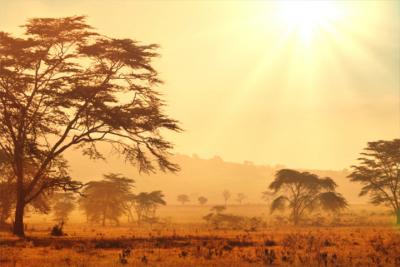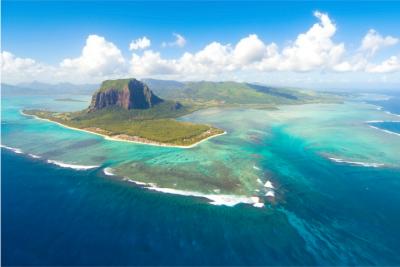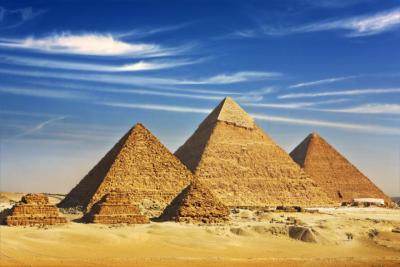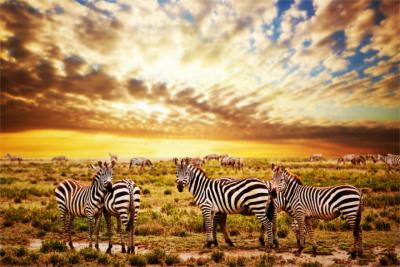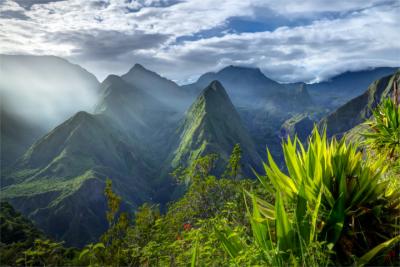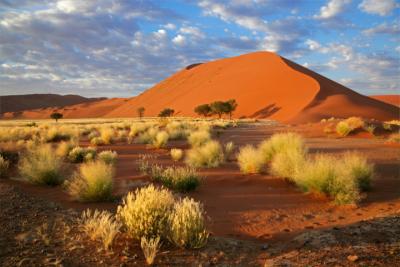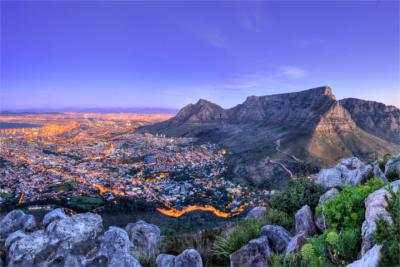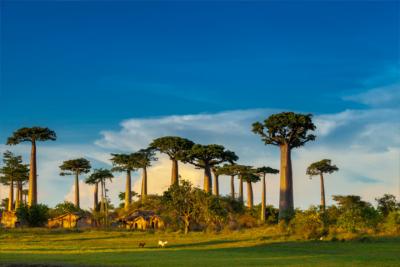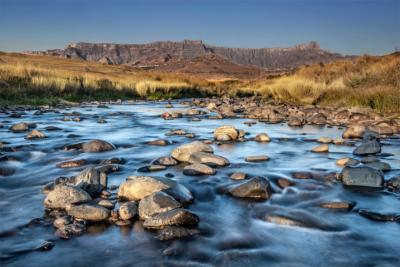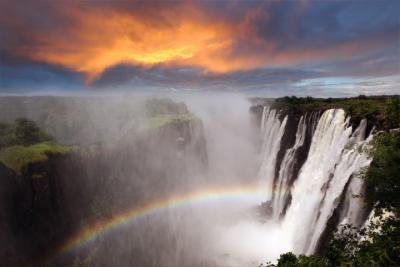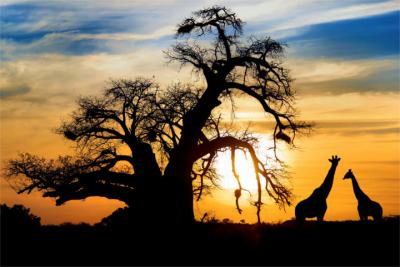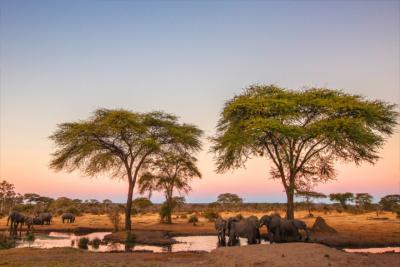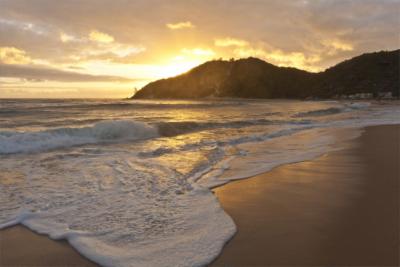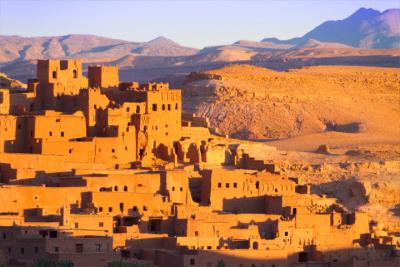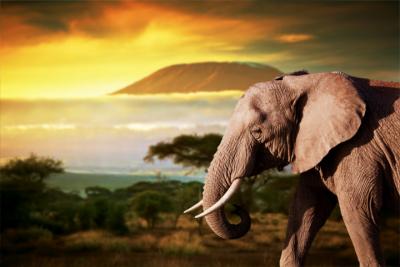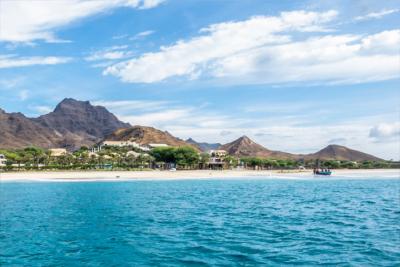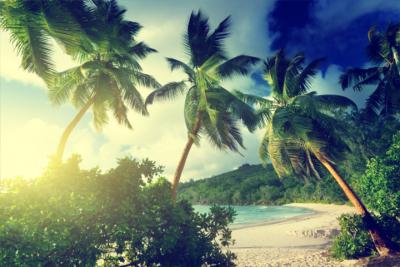Travel Offers
Travelmyne Featureprint
Distance
Current notice: Travellers are advised against travelling to Egypt at the moment as there have been terrorist attacks on tourists and tourist destinations across the country.
Egypt – In the Kingdom of the Pyramids
Hardly any destination fascinates with its culture like Egypt does. The pharaohs of the ancient Egyptian dynasties with their magnificent pyramids are shrouded in mystery to the present day and allure visitors. But Egypt has even more to offer: bizarrely beautiful deserts, fine beaches and the mighty Nile as its lifeline.

Geography – Between Mediterranean and Red Sea
Egypt lies in the north-east of Africa, bordering the Red Sea (east) and the Mediterranean (north). The north-eastern extremity of Egypt is the Sinai Peninsula. Between the peninsula and the Egyptian mainland you find the Suez Canal, which connects the Red Sea and the Mediterranean. The Nile crosses Egypt centrally from north to south. The north and the west of the country are characterised by lowlands, while a rugged mountain range with heights of up to 2,000 metres covers the area east of the Nile. Egypt is dominated by a dry and hot climate with average temperatures between 20 and 35 °C. There are considerable distinctions between daily and nightly temperatures.

Nature – The Nile as the lifeline in the midst of surreal deserts
A dry landscape, hostile to life, is crossed by the Nile as its lifeline – that is a fitting description of Egypt's nature. Expansive, bleak sandy deserts extend especially in the south. In this harsh environment oases stand out as little islands of life. They are home to adaptable animals such as the desert fox, jackals, hyenas, lizards, scorpions and jumping mice. The north is covered in steppes, which are vegetated by thorns and grasses. The mountains and dry valleys in the east of the country are also bleak. Completely different to the empty deserts is the world around and at the Nile, which is the longest river on earth with a length of 6,852 kilometres. The river and its delta with many branches constitute a fertile area, which makes life in the barren landscape possible for people, animals and plants. While Papyrus, which was common in ancient times, is rare at the Nile today, bamboo, reed, acacias, date trees and fig trees prosper there now. In addition, the Nile's alluvial areas are used intensely for growing cereal and cotton. The Nile is also home to crocodiles and numerous birds, for example Egyptian geese, cranes and herons. The animals which are kept by humans are also typical of Egypt: camels, donkeys, goats and sheep. Besides the Nile, the artificially created Suez Canal presents an animate environment.

Natural sights – Exciting desert safaris and Nile cruises
Visitors face unique fascinating desert landscapes in Egypt. From Cairo or Hurghada, for example, you can go on safaris through the never-ending sandy landscapes to the sporadic oases (like Baharia, Kharga or Dakhla). The White Desert near Libya, which consists of bizarre limestone and quartz formations, is a scenic highlight. A mix of desert, coast, Egypt's only natural forest and marshy landscapes can be found in the Gebel Elba National Park in the south-east of the country. Other natural sights are the lake Bir Al-Gebel, which lies in the middle of the desert, or the volcanic Clayton Craters on the Gilf Kebir plateau, which were formed by active underground magma. Besides the desert, the living environment around the Nile attracts visitors. You can experience it on a cruise on the Nile, for example on a felucca, a traditional sailing ship. The Suez Canal is another interesting destination. You can also take a cruise on this canal, which is about 163 kilometres long, was completed in1869 and connects Suez (Red Sea) and Port Said (Mediterranean). Other popular destinations are the tourist centres Hurghada or Sharm el-Sheik at the Red Sea.

Culture – Following the trails of Khufu, Tutankhamun and Cleopatra
To the present day the powerful cultures of the pharaohs, who lived thousands of years ago, allure people. This is not surprising as they created such mighty structures as the Egyptian Pyramids with the Pyramid of Khufu as the best-known example. These gigantic structures emerged during the time of the Old Kingdom of Egypt (about 2600 to 2100 BC). During the Middle Kingdom (2.130 to 1.680 BC) the town Thebes developed into an influential centre of power and the temple complexes of Luxor and Karnak were built. And in the time of the so-called New Kingdom of Egypt (1550 to 1070 BC) well-known pharaohs like Akhenaten existed, who made the sun Aten - rather than the ancient gods - the centre of religion. His wife Nefertiti was known for her beauty and his son Tutankhamun ascended the throne when he was nine years old but already died at the age of 18. The glorious Ramesses II, under which Egypt achieved its greatest successes, was one of Egypt's powerful kings at the time. During this era the Valley of the Kings and the Abu Simpel Temples were constructed. When Caesar tried to conquer Egypt in the first century BC, he met the beguiling Empress Cleopatra and fell victim to her charms as did the Roman Emperor Marc Anthony later on. Centuries later Egypt was conquered by Arabs, who brought with them the Islam. From the 18th century on France and Great Britain repeatedly gained control over the country at certain times. Since 2011 Egypt has been living through a societal change. The population of the Nile regions is characterised by their open hospital nature. They love the game backgammon and cosy gatherings over a cup of tea. Some Egyptians still maintain the nomadic life of the Bedouins, who live in tents made of goat skin in the middle of the desert.

Cultural sights – Pyramids, royal tombs and monuments
Seeing them makes visitors stand in awe – because of their size, their noble design and their durability. For about 4,600 years the Egyptian Pyramids have towered in the bleak desert landscape, about 15 kilometres from Cairo. They were erected as gigantic tombs of powerful, idolised emperors and constitute the last remaining wonder of the world from ancient times. The Pyramid of Khufu is the most famous and greatest pyramid with a height of 138 metres. 3 million blocks of stones, each of which weighed 2.5 tons, were used in building it. Next to the Pyramid of Khufu you find the Pyramid of Khafre (136 m) and the Pyramid of Menkaure (60 m). The famous Sphinx, which is 20 metres high, watches over the massive tomb with a lion's body and a human's head. This graceful ancient emperors' resting place is a contrast to the nearby metropolis Cairo, which is the biggest city in Africa with a population of 10 million people. You can find many testimonies of the Islamic culture such as the Mosque-Madrassa of Sultan Hassan, the mausoleum of Al-Shafi'i and the citadel, a fortress from the Middle Ages. The bazaars, with the Khan el-Khalili as the most famous one, convey Arab lifestyle. A visit to the Egyptian Museum in Cairo, which accommodates found pieces from Tuankhamun's tomb, is also worthwhile. You can follow the tracks of Alexander the Great in Alexandria, which is located at the Mediterranean coast of Egypt and can be reached easily from Cairo. After the conqueror arrived in the little fishermen's village 331 BC, Alexandria developed into the most influential metropolis. You can gain an insight into Egypt's glorious past in the Graeco-Roman Museum, the mighty Roman tombs of the Catacombs of Kom el Shoqafa and Pompey's Pillar, which is 25 metres high and once belonged to the Temple of Serapeum. If you follow the Nile from Cairo into the south of the country, you reach the world-famous temple complexes of Luxor und Karnak, which used to be part of the ancient metropolis Thebes. The structures of Luxor were built in honour of the sun god Amun from 1400 BC on. In the entrance area you can see two mighty statues of a sitting pharaoh Ramesses II. Afterwards you reach an impressive colonnade, which is 16 metres high and decorated with numerous embossments. North-east of Luxor lies the Karnak Temple Complex. On a huge area you find the remains of a gigantic structure, which was also built in honour of Amun. Especially the entry gate, which is 113 metres high, and the central corridor of the temple with its massive pillars display the Egyptians' art of construction. Not far from the temple you see the Valley of the Kings, in which the pharaohs of the New Kingdom were buried. Aisles with a length up to 300 metres and a depth of 100 metres were dug into the rock. Altogether 64 emperors are said to have been laid to rest here. The graves are partly decorated with magnificent embossments with the tomb of Tutankhamun as the most famous one. It contains a gold-plated coffin with the pharaoh's real mummy. Close to the Valley of the Kings there are other attractive destinations: the Valley of the Queens, the funerary temple of Hatshepsut, the Ramesseum in honour of Ramesses II and the Colossi of Memnon, which are 18 metres high and were built in the 14th century BC Further along the Nile you reach Aswan, the gate to Africa. Besides all the ancient treasures, the Aswan High Dam is a special attraction. The first Aswan Dam was erected in 1902. In 1971 it was followed by a mighty rampant, which is 111 metres high and 3.6 kilometres long and dams Lake Nasser, which has a length of 550 kilometres. Another highlight in the south of the country are the world-famous Abu Simbel temples with their massive entrance area, which is characterised by four sitting statues.

Experience – Living with the Bedouins
A true experience are trips to the Bedouins (for example in the Gebel Elba National Park), on which you take part in the life of the nomadic desert dwellers, spend the night in the open or bake bread with them traditionally. Also worthwhile are tours to the historical earth building villages, which are located in the middle of the desert. The country's traditional cuisine is very substantial. A raw vegetable salad is a typical starter. The main course most commonly contains meat. Mushy beans (Foul-Medames), pita bread and the ball-shaped falafel are also characteristic ingredients of Egyptian meals. Popular souvenirs are objects in the style of ancient cultures, for example replicas of embossments and pieces of jewellery, or backgammon games.

Activities – Relaxing at the seaside or experiencing adventures in the desert
There are many beautiful beaches at the Red Sea and the Mediterranean which present first rate holiday destinations at the seaside. Besides relaxing and swimming, you can also do various kinds of water sports (fishing, sailing, water skiing, surfing). Especially worthwhile are diving trips into the multifaceted, colourful underwater world with its many fish, manta rays, bizarre rocks and decomposing wrecks. In addition, you can swim with dolphins in Egypt. The heartland also offers great opportunities for activities in the midst of the unique desert scenery. Some regions are well suited for hiking or mountain climbing. Action-packed activities like paragliding, quad biking or driving a Jeep through the dunes are also possible.

Information
Central airports in Egypt are located in Cairo (CAI), Luxor (LXR) and Aswan (ASW). Travelling under your own steam is difficult here. Individual places can be reached by planes, trains or tour buses accompanied by military. Before your journey, you should definitely read up about the current state of security in the country. The official language is Arabic.
Egypt is definitely interesting for tourists, who want to explore the unique ancient cultures at the Nile such as the pharaohs with their pyramids and their royal sites. In addition, the country is suited for visitors who are looking for relaxation at the seaside.

